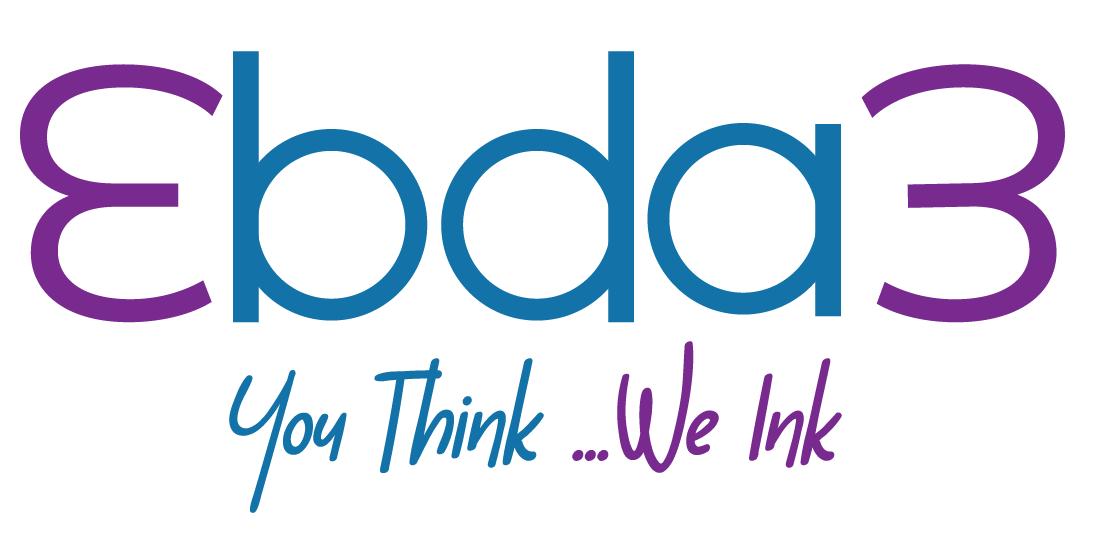Decoding Digital Marketing: Understanding the Main Differences Between Paid, Owned, and Earned Content

In the ever-evolving landscape of digital marketing, the terms “paid,” “owned,” and “earned” content are fundamental concepts that every marketer needs to understand. These three types of media represent distinct strategies for reaching audiences and achieving marketing goals. To effectively navigate and leverage each type, it’s essential to grasp their unique characteristics, benefits, and how they can work together to form a cohesive and powerful marketing strategy. This blog will explore the main differences between paid, owned, and earned content, providing a comprehensive guide to utilizing each effectively.
What is Paid Content?
Paid content refers to any marketing material that a brand pays to distribute. This can include advertisements, sponsored posts, and other forms of content promotion that involve a financial transaction. The primary goal of paid content is to reach a larger audience quickly and drive specific actions, such as clicks, conversions, or sales.
Types of Paid Content
1. Pay-Per-Click (PPC) Ads: These are advertisements that appear on search engines and social media platforms. Brands pay each time a user clicks on their ad.
2. Display Ads: Banner ads that appear on websites, often in the form of images or videos.
3. Social Media Ads: Sponsored posts on platforms like Facebook, Instagram, and LinkedIn, designed to increase visibility and engagement.
4. Influencer Partnerships: Collaborations with influencers who promote the brand’s products or services to their followers in exchange for compensation.
5. Sponsored Content: Articles or videos created by publishers or influencers that are paid for by the brand to promote their message.
Benefits of Paid Content
1. Immediate Results: Paid content can quickly increase visibility and drive traffic to your site
2. Targeted Reach: With advanced targeting options, brands can reach specific demographics, interests, and behaviors.
3. Scalability: Paid campaigns can be scaled up or down based on budget and performance metrics.
4. Measurable: Performance data for paid content is easily tracked, allowing for precise measurement of ROI and optimization.
What is Owned Content?
Owned content refers to any content that a brand creates and controls. This includes websites, blogs, social media profiles, email newsletters, and other digital assets that are under the direct control of the brand. The goal of owned content is to build long-term relationships with the audience by providing valuable, consistent, and branded experiences.
Types of Owned Content
1. Website Content: All the information on a brand’s website, including product descriptions, company information, and customer service resources.
2. Blog Posts: Articles and posts published on the brand’s blog that provide valuable information to the audience.
3. Social Media Profiles: Content posted on a brand’s own social media accounts.
4. Email Newsletters: Regular emails sent to subscribers with updates, promotions, and valuable content.
5. Videos and Podcasts: Multimedia content that is produced and distributed through the brand’s channels.
Benefits of Owned Content
1. Complete Control: Brands have full control over the content, including the messaging, design, and timing.
2. Cost-Effective: While there are costs associated with creating owned content, there are no ongoing fees for distribution.
3. SEO Benefits: Well-optimized owned content can improve search engine rankings and drive organic traffic.
4. Brand Building: Owned content helps in establishing a consistent brand voice and building trust with the audience.
What is Earned Content?
Earned content, also known as earned media, refers to publicity gained through organic methods rather than paid efforts. This includes mentions, shares, reviews, and other forms of word-of-mouth promotion that a brand receives without directly paying for it. Earned content is often seen as the most credible form of media because it is generated by third parties.
Types of Earned Content
1. Social Media Mentions: When users or other brands mention your brand on social media.
2. Reviews and Testimonials: Customer reviews and testimonials on platforms like Google, Yelp, and industry-specific review sites.
3. Media Coverage: Articles, blog posts, or news stories written by journalists or bloggers about your brand.
4. Backlinks: Links from other websites to your content, indicating that others find your content valuable.
5. User-Generated Content: Content created by customers, such as photos, videos, and posts that showcase your products or services.
Benefits of Earned Content
1. Credibility and Trust: Earned content is often more trusted by consumers because it comes from third parties.
2. Cost-Effective: Since earned content is not paid for, it can be a very cost-effective way to increase visibility and credibility.
3. Organic Reach: Earned content can reach a wider audience organically, especially if it goes viral.
4. Enhanced SEO: Backlinks and social shares can improve your search engine rankings and drive organic traffic.
Integrating Paid, Owned, and Earned Content
For a comprehensive and effective marketing strategy, it’s crucial to integrate paid, owned, and earned content. Here’s how:
1. Create High-Quality Owned Content
Start with a strong foundation of valuable and engaging owned content. This content should reflect your brand’s voice and provide real value to your audience, encouraging organic shares and mentions.
2. Promote Owned Content with Paid Strategies
Use paid content to amplify the reach of your owned content. For example, promote your blog posts or videos through social media ads to reach a larger audience quickly.
3. Leverage Earned Content for Credibility
Showcase earned content, such as customer reviews and testimonials, on your owned channels. Highlighting positive earned media can enhance your brand’s credibility and trustworthiness.
4. Encourage User-Generated Content
Encourage your audience to create and share content related to your brand. Run social media campaigns or contests that incentivize user-generated content, which can then be shared on your owned channels.
5. Monitor and Measure Performance
Use analytics tools to monitor the performance of your paid, owned, and earned content. Understanding which types of content are most effective can help you optimize your strategy and allocate resources more efficiently.
Conclusion
Understanding the differences between paid, owned, and earned content is essential for crafting a balanced and effective digital marketing strategy. Each type of content has its unique advantages and serves different purposes in the customer journey. By leveraging the strengths of each and integrating them strategically, brands can enhance their visibility, build trust, and drive engagement.
Whether you’re a seasoned marketer or just starting out, mastering the interplay between paid, owned, and earned content will empower you to create a robust and resilient digital marketing strategy that stands out in a crowded online landscape.





